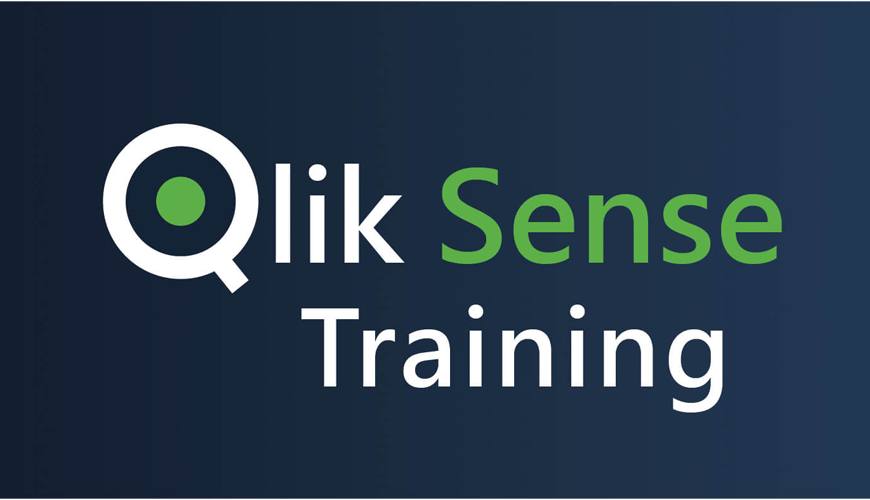Python has become the language of choice for data scientists, and for good reason. Its versatility, ease of use, readability, and scalability make it an excellent choice for developers. Python’s readability makes its code easily understood by both novice and experienced programmers. It also allows for modules to be easily accessed from other Python modules without having to compile them into executable code first.
Python provides a wide range of packages and libraries for data scientists, with popular libraries such as Pandas, NumPy, Matplotlib, Scikit learn, TensorFlow and Keras providing powerful tools for various types of analytics and machine learning models. These libraries allow developers to build applications that process large amounts of data efficiently.
Python’s scalability makes it a fantastic language for working with datasets or machine learning models. It allows programs written in it to scale up or down depending on the needs at hand, while still providing optimal performance when executing complex tasks such as deep learning algorithms or natural language processing (NLP). Additionally, Python has robust library support, allowing developers to easily access specialized functions designed specifically for data science and machine learning tasks.
An Overview Of Python Libraries & Frameworks For Data Science
Python is becoming the language of choice for many data scientists, and it’s no wonder why. Python offers a range of libraries and frameworks that make it an ideal choice for data science projects. From its easy-to-learn syntax, low memory requirements for large datasets, scalability, and extensibility capabilities, to its versatility and high demand from employers in the tech sector, Python is an intuitive language with powerful tools to help data scientists achieve their goals faster than ever before.
Python provides a comprehensive set of libraries and frameworks that make development processes much quicker and simpler. For example, NumPy is a powerful library used for numerical computations, which makes coding easier. Pandas helps with the manipulation and analysis of structured datasets, while Scikit Learn provides machine learning algorithms for supervised learning tasks such as regression or classification. All these tools are easy to use due to Python’s intuitive syntax, which makes debugging code much simpler too. The Data Science Training in Hyderabad program by Kelly Technologies can help you grasp an in-depth knowledge of the data analytical industry landscape.
Moreover, Python code is also highly readable compared to other languages, which makes it easier for developers to debug their code quickly without having to spend hours looking at lines upon lines of unintelligible text. This readability also helps when working in teams since everyone can understand what each line does instead of having one person deciphering all the code themselves, which can be time-consuming.
Finally, another great benefit offered by using Python for data science projects is its active community with developers who are always willing to help each other out or provide support when needed. This open-source community ensures there will never be any shortage of resources available online if you need help understanding something or have questions about your project! In addition, there are plenty of online tutorials available so you can learn how best to use these libraries on your own as well!
With all this in mind, it’s easy to see why many data scientists choose Python as their language – it’s fast becoming one of the most popular languages used today by professionals thanks to its versatile capabilities, ease-of-use, scalability, extensibility, readability, lower memory requirements, active developer community – making it the perfect choice for anyone looking to work in the field!
Which Companies Prefer To Hire Candidates With Expertise In Python?
Python is quickly becoming one of the most popular programming languages for data scientists. Its versatile and powerful capabilities, combined with its ease of use, make it an attractive choice for many companies looking to hire applicants with expertise in Python.
But why is Python a language of choice for data scientists? First and foremost, it is easy to learn and read. It also has a large community of developers who are constantly contributing to its development, making it more powerful and efficient. Additionally, Python’s libraries contain powerful mathematical functions that allow data scientists to rapidly prototype applications and increase their development speed.
Python is widely used in machine learning, data science, AI, and deep learning, meaning that many companies are now hiring developers specifically with expertise in the language. Companies such as Google, Netflix, Dropbox, and Facebook all have positions available specifically for those knowledgeable in Python programming language.
Data scientists choose Python because it can handle any type of task involving data analysis; from conducting complex statistical calculations to creating visualizations or manipulating/analyzing datasets, all with relative ease due to the plethora of pre-built packages available within the language’s library system. Finally, thanks to being an open source language, developers can work together on projects without needing proprietary software licenses, thus allowing them access to great tools from around the world at no cost.
Overall, Python has become increasingly popular among data scientists due to its capability in completing multiple tasks seamlessly, making it a go-to resource when looking for candidates with expertise in this area.
Python A Language Of Choice For Data Scientists And Their Employers
Python is the language of choice for data scientists and their employers because of its numerous benefits. Its popularity has increased in recent years due to its English-like syntax, high-performance libraries for data analysis and manipulation, and versatility to handle complex tasks while remaining easy to read.
Python is an open-source programming language making it free and highly available. There is a broad range of Python-focused packages and resources available, and many major companies worldwide have adopted the language, creating a pool of skilled talent. With Python, data scientists can perform data wrangling, data visualization, machine learning, and deep learning.
Conclusion
For those new to data science, Python is an ideal language due to its fast response times, robustness over long periods, ease-of-use with tools such as Jupyter Notebook, extensive library consisting of packages & modules, and widespread use by developers and professionals alike. All these aspects make Python an attractive option for those looking to get involve with the exciting field of data science. The article Top Bloginc must have given you a clear idea of this concept Data Scientists In Python.





